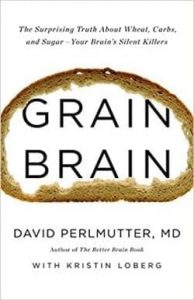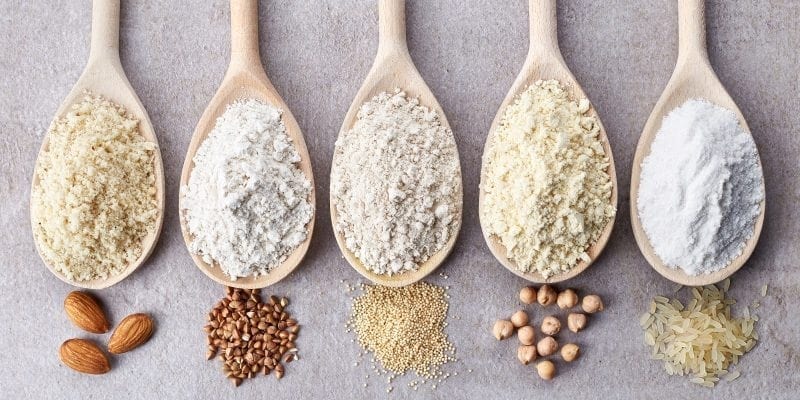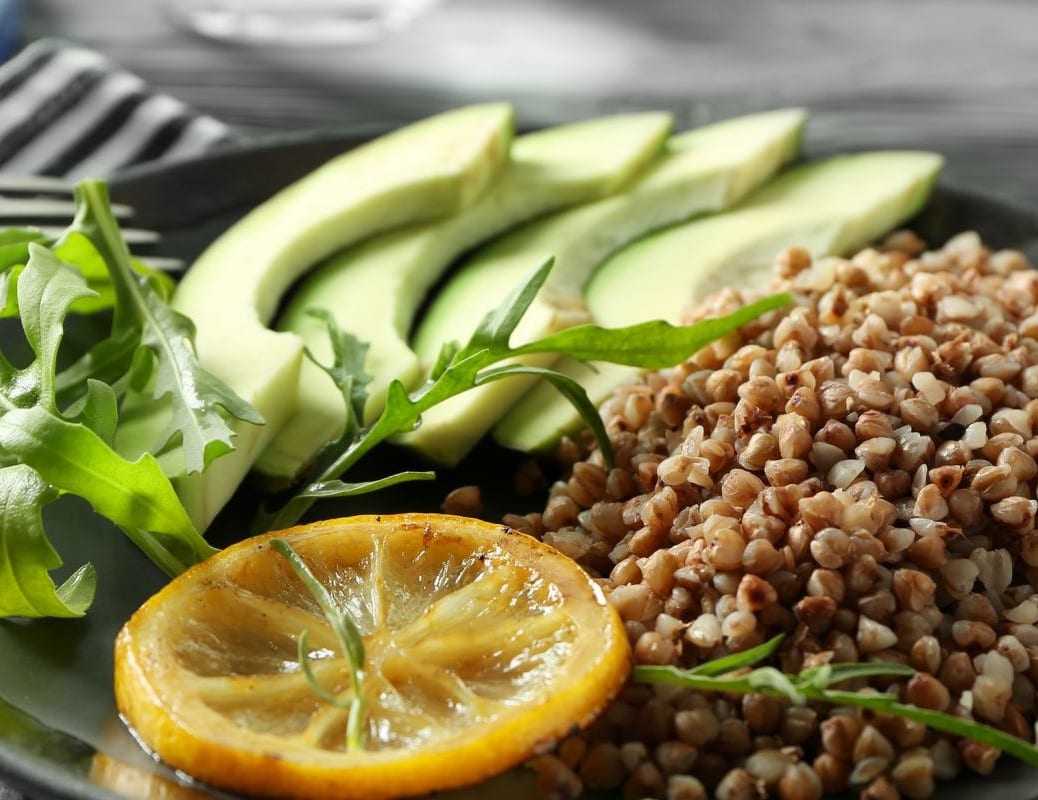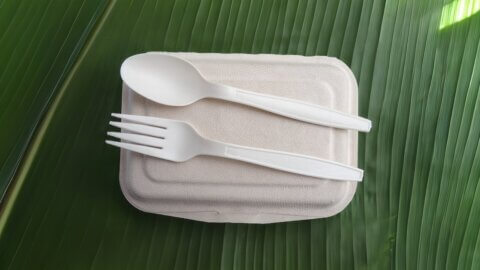Grains have long been a staple of human diets. Rice, wheat, and barley, among others, have supported entire cultures for thousands of years, and only recently have we begun to question whether they should be so prevalent in our diets. So what’s changed?
Ancient processes were organic and produced whole grains, meaning they contained the entire kernel: the bran, germ and endosperm. Whole grains are still available today, but are generally more expensive than the mass-produced refined grains present in a majority of grain-based foods. Refined grains have a longer shelf-life, so they’ve driven profit for the agriculture industry as technology has helped perfect the refining process. Unfortunately, this comes at a cost to the consumer. The refining process removes iron, dietary fiber, and other vitamins that are essential for a healthy diet.
 In 2013, with the publication of his bombshell Grain Brain, neurologist David Perlmutter presented evidence that carbs and sugars could be responsible for the growing number of Americans who are suffering from alzheimers, dementia, and a litany of other brain-related health issues. Based on recent studies, it’s still difficult to determine exactly how much of this is caused by refined grains. But considering how ancient cultures consumed large amounts of grains and aged without some of these common diseases that plague modern humans, it seems that we’re moving toward a collective understanding of just how detrimental refined grains and added sugars can be.
In 2013, with the publication of his bombshell Grain Brain, neurologist David Perlmutter presented evidence that carbs and sugars could be responsible for the growing number of Americans who are suffering from alzheimers, dementia, and a litany of other brain-related health issues. Based on recent studies, it’s still difficult to determine exactly how much of this is caused by refined grains. But considering how ancient cultures consumed large amounts of grains and aged without some of these common diseases that plague modern humans, it seems that we’re moving toward a collective understanding of just how detrimental refined grains and added sugars can be.
Over the past few decades, an increasing number of people have become aware of various levels of gluten intolerance. Now, at grocery stores and restaurants all over America, gluten-free has become a label synonymous with healthier food choices. Celiac disease is well-researched at this point, and simple tests combined with bodily awareness can usually determine how much, if any, gluten you can handle. Even while follow-up research is being done to determine exactly what types of grains could be causing deformities in the brain, it’s safe to say the existing evidence calls for a reduction in the amount of carbs we consume on a daily basis. For people on a plant-based diet, this can make meal-planning seem like an impossibility. So what can you do to get the calories you need to function?

Gluten-free flour (almond flour, amaranth seeds flour, buckwheat flour, rice flour, chick peas flour). Photo Credit: baibaz/Bigstock
Luckily, nature provides a variety of grain-like seeds (yes, they’re seeds!) that are gluten-free, significantly lower in carbs, and present a simple alternative if you’re going to try to avoid traditional grains, bread, and processed cereal. Below, I’ll go through each and present a nutrition profile with some meal-recommendations to help you get started.
Buckwheat
Buckwheat is especially rich in magnesium and comes in groats, flower, and noodles. As flower it represents a much healthier cooking alternative for special occasions. Cooking buckwheat groats is easy, and the earthy taste goes well with a variety of condiments and additions, making it a great option for all meals of the day depending on what you pair it with. Buckwheat noodles come in several varieties, including my favorite, soba!
Quinoa
Rich in manganese, copper, iron, and phosphorous, quinoa is a nutrient-dense alternative available in several varieties. It’s common at restaurants these days and pairs well beside (or in) your favorite salad. It also works well as a base in bowls, wraps, or other entrees. Cooking quinoa with vegetable broth can give it a richer, savory taste that makes it a great addition to vegetables cooked with plant-based butter.
Millet
Millet is one of the lesser-known grain-like seeds, but is actually known to be the easiest to digest. With a similar flavor profile to buckwheat, but a texture closer to quinoa, it works great with a variety of combinations.
Amaranth
Another lesser-known option, Amaranth is probably my favorite on this list. Each seed is smaller, making it slightly more difficult to manage while cooking, but when done right can perfectly toe the line between soft and crunchy. Also versatile, it’s great for lunch and dinner when paired with vegetables or meat substitutes. You can also toast it (carefully), use agave as an emulsifier with nuts and other seeds, and make a sweet, cookie-like crisp that works as a snack or dessert.
Hopefully this gives you an idea of how you can eat grain-free and stay plant-based. In the years to come we should have a better idea of exactly how detrimental specific grains can be for your health, but for now it seems apparent that we should be consuming less. The extent of that is obviously up to you, but brain-health isn’t something to be taken lightly. Once you learn the subtleties of cooking grain-like seeds and discover your favorite pairings, you’ll be wondering why you’d been so hooked on grains in the first place.
Photo Credit Top Image: Yastremska/Bigstock
- Film Review | Cowspiracy: The Sustainability Secret - May 10, 2022
- Natural Foot Health for Happy Feet - May 10, 2022
- Vegan on the Go: Finding Vegan Restaurants & Prepared Foods - May 10, 2022





